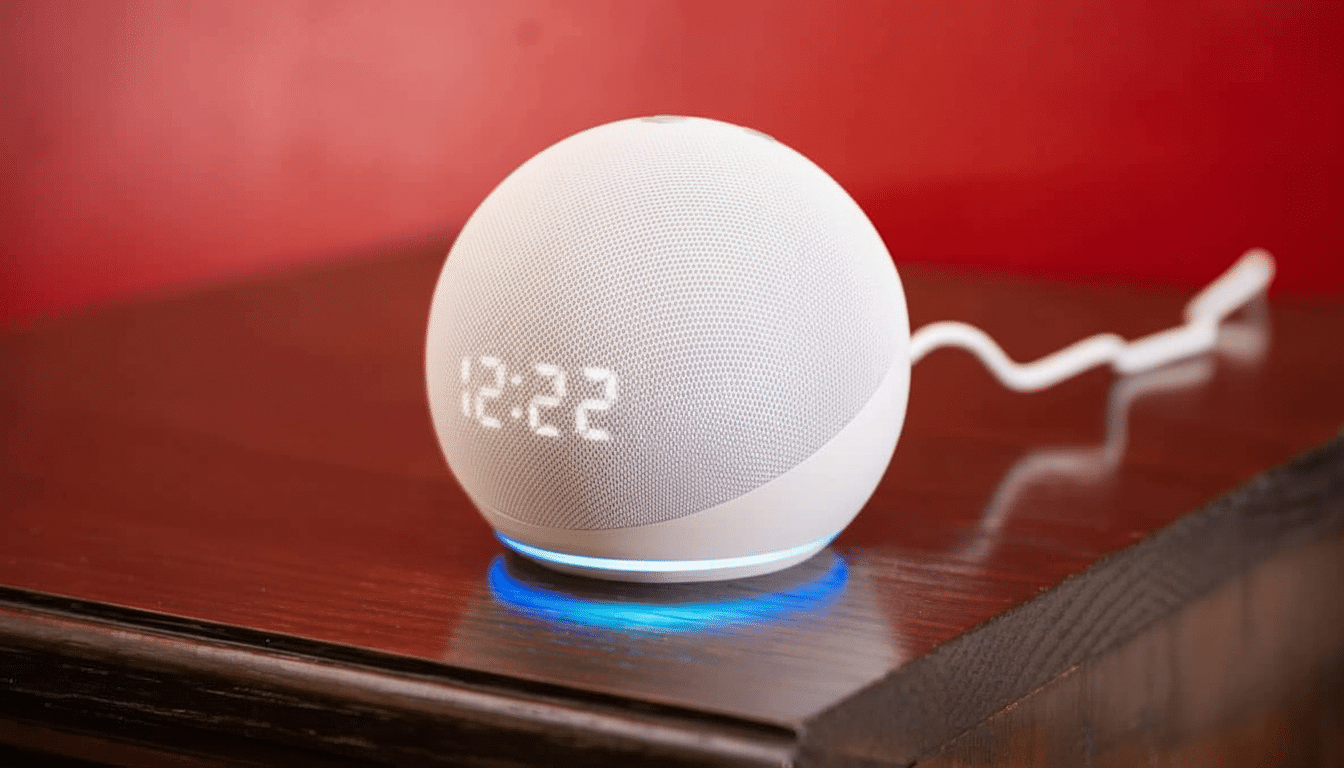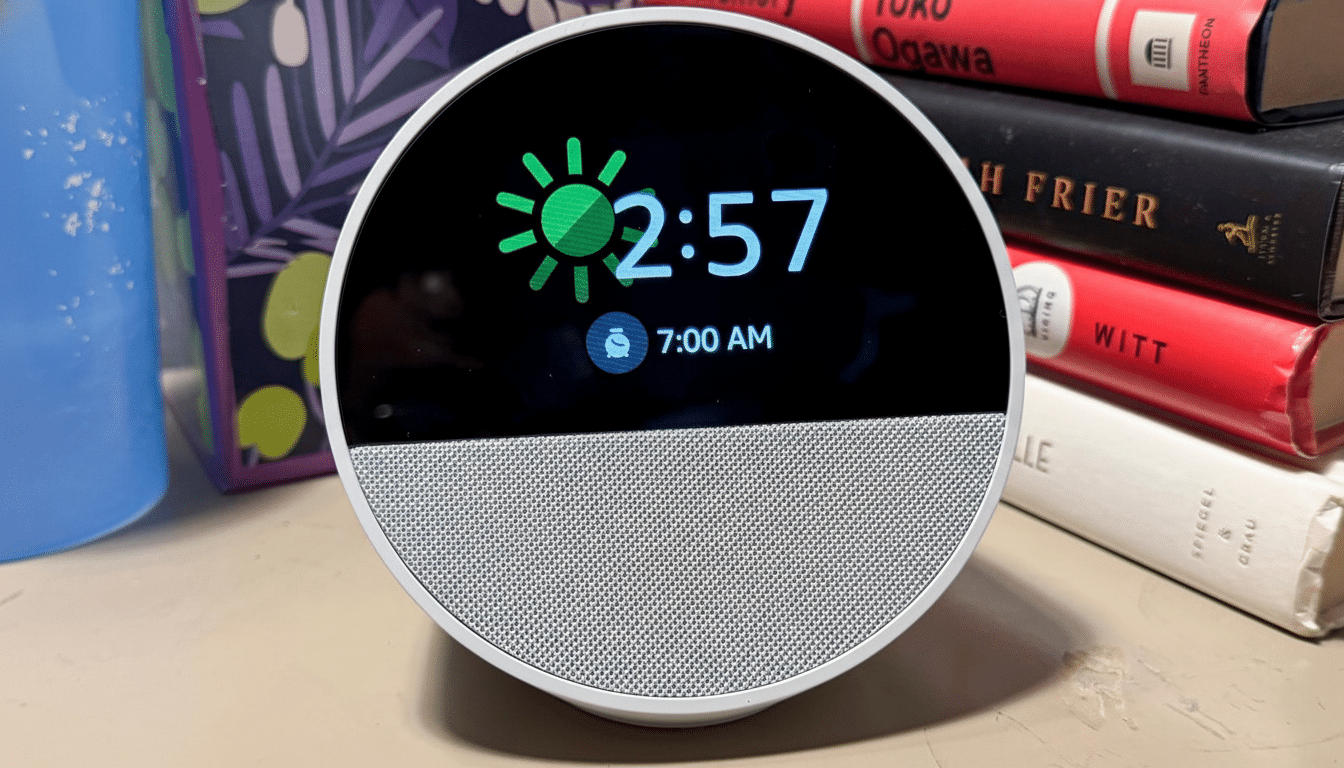If you woke up to an Alexa alarm on repeat, you were in very popular company. A broad Amazon Web Services outage wreaked havoc on the virtual assistant’s most fundamental function and prevented many users from setting alarms at all or left them unable to stop alarms that continued blaring long after a “stop” command.
For a technology designed to simplify waking up, it was a stark reminder that even basic tasks can collapse when cloud connectivity goes down. Complaints came in across social media and outage trackers from those who use Echo devices as bedside clocks and alarm hubs, with the Alexa app timing out and ignoring voice commands.

What Went Wrong With Alexa Alarms During the Outage
Alarms for Echo speakers are generally set locally on the device, which is why many still went off on time. The trouble came afterward. Alexa handles her wake words locally, and the decision of whether you’ve said one happens on the device, but comprehension of your request (“Alexa, stop,” “snooze for ten,” “cancel tomorrow’s alarm”) usually passes through the cloud for speech recognition and understanding. When that channel is blocked, the real world keeps talking while the virtual assistant can’t hear a word you’re saying.
The Alexa mobile app faced the same headwinds. Schedules for alarms, routines, and smart home scenes also rely on services running in AWS. As backend components staggered, users experienced whirling loaders, errors, or actions that seemed to send but never made it to the speaker. Short version: alarms could begin locally, but stopping or snoozing them, or setting new ones, required a cloud round-trip that wasn’t always available.
AWS later described the incident as a Domain Name System problem that was resolved with service operations returning. That jibes with the symptoms: DNS issues can block devices and apps from locating their correct cloud-based endpoints, even if your home internet is working fine.
How Far-Reaching Was the Disruption Across Services
Outage tracking services showed a sharp rise in reports for Amazon’s retail site, Prime Video, Ring, and Alexa, indicating a cross-service event.
Because AWS undergirds so many parts of the internet, a single hiccup can ripple out to dozens of consumer experiences simultaneously, from video streaming to doorbell notifications to, yes, alarm clocks.

The human impact was immediate. Posts on X, Reddit’s r/alexa, and community forums shared missed alarm setups and alarms that wouldn’t turn off by voice, as well as desperate workarounds like using mute buttons, volume dials, and power cords. For households whose bedside speakers are entirely smart, there was no graceful plan B—just silence.
The Cloud Dependence for a Simple Alarm
This is a quintessential edge-vs-cloud failure mode. The job is local — one sound, one time — but we add on cloud-based privileges: voice control, syncing across devices, app adjustments, and scheduled triggers. “When the cloud wobbles, the core still works but the extras don’t, and often that’s worse than a failure because there’s no path to recovery for users,” he said.
It’s not just about Alexa. Google Nest and Apple HomePod also rely on the cloud for most of their voice comprehension, though both companies have been moving more processing onto devices. Apple’s recent on-device Siri improvements and Google’s Assistant features running all the way down to the device both show that, in broader industry terms, more local intelligence keeps systems resilient and privacy intact. The aim is simple — commands at least shouldn’t need the net to be blinking.
Practical tips for Alexa users to avoid alarm issues
- Test offline behavior proactively. Unplug your Echo from Wi‑Fi to see what controls still function. Practice silencing alarms with the physical buttons on your model so it’s muscle memory when you need it.
- Use redundancy for critical wake-ups. Create a second alarm in your phone’s built‑in clock, or keep a basic battery‑powered or wind‑up clock. Redundancy is a good thing, not an acknowledgment of defeat.
- Keep alarms simple. Routines that rely on cloud services — say, fetching a playlist from a streaming service or setting off smart home scenes — add more failure points. The simplest tone stored on the device is the most persistent.
- Mind device placement. Make the action button or volume control on the device within easy reach from the bed, so you can silence it without stumbling across the room while an irritating assistant repeats itself.
What Amazon says and what to watch for next
One hour later, the AWS Service Health Dashboard indicated that “the root cause of the DNS resolution issues is mitigated and the service is operating normally.” Once the dust has settled, what really matters to ask is whether Alexa’s most basic alarm controls can find a guaranteed offline path, well supported for stop and snooze specifically, meaning that you don’t need a network round-trip for the most important thing bedroom tech gives you.
Smart speakers are ubiquitous in homes, while smart displays and other twists on the idea are becoming more common. Smart speakers are owned by about a quarter to a third of Americans, according to Infinite Dial from Edison Research, and many people put them in bedrooms. At that size footprint, network reliability is no longer a nice-to-have. “Today’s alarm fiasco should serve as a catalyst for driving the platforms and developers to design more resilient local fallbacks — and, maybe, for getting users to refocus on keeping a no‑frills backup within reach!”

